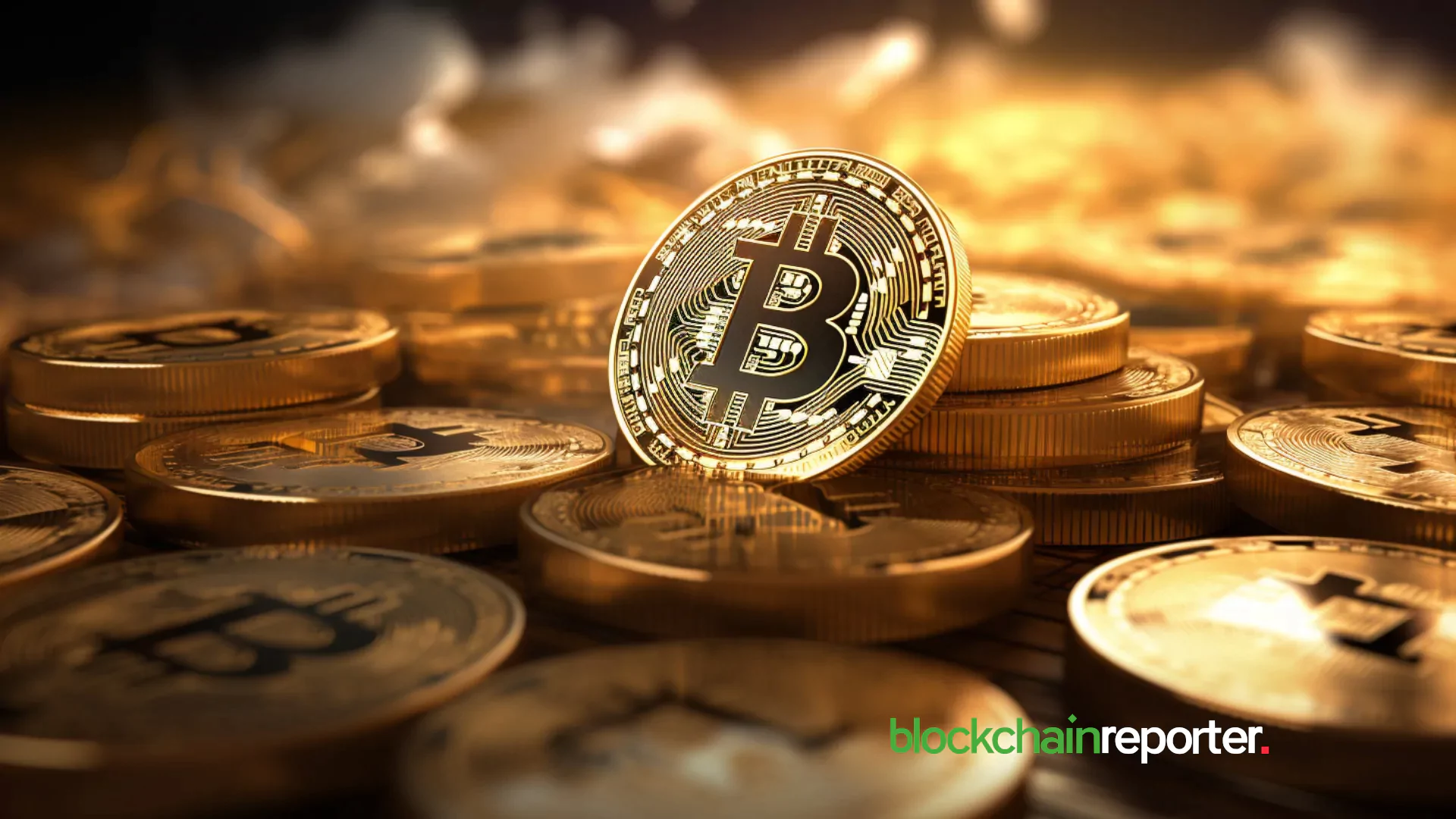ICP and TON Dominate April Blockchain Speed Rankings with Highest TPS



- ICP and TON lead April with highest TPS, supported by fast block times and strong user activity.
- Solana, Near, and Avalanche show mid-tier performance, far behind top two in transaction speed.
- Ethereum and Bitcoin rank low in TPS, highlighting scalability gaps versus newer blockchains.
New blockchain performance data from Phoenix Group reveals that Internet Computer (ICP) and Toncoin (TON) achieved the highest average transactions per second (TPS) in April 2025, surpassing all other networks. The figures provide a detailed view of how leading blockchains are scaling in response to growing user activity and application demand, with clear disparities emerging in throughput capabilities.
According to the data, ICP led all networks with an average TPS of 4,800. TON followed closely with 4,300 TPS. These results place both blockchains well above their competitors regarding transaction throughput. The report attributes part of this efficiency to rapid block times: ICP averaged 480 milliseconds per block, while TON completed blocks in just 390 milliseconds.
Equally, the results showed a high level of user engagement in the TON case. This brought its active address count to 13.7 million in April, the highest among all the tracked blockchains. Solana, for instance, has 3 million active addresses, which is unsurprising as it barely makes it to the TPS list.
The high speed and activity levels on TON and ICP indicate that these networks are handling large-scale operations with consistency, likely enabled by optimized consensus protocols and infrastructure.
Significant Drop in Mid-Tier Performance
The TPS results indicated that the performing blockchains were at the top, while the remaining blockchains ranked below the top two. Regarding AATP, Solana performed the third best with 95.8 TPS, Near Protocol was second with 81.7 TPS, and Avalanche was third with 70.4 TPS. Both these networks have been trading in the decentralized application development and smart contract platforms, but their throughput indicates a huge disparity in the transaction rates.
Sui took second place in this regard, with a transaction per second ratio of 66.6, followed by Polygon, with a TPS of 50.4, and Arbitrum, with a TPS of 46.6. Both support multiple decentralized finance (DeFi) and Web3 environments; however, the data indicate that they are not even close to ICP and TON in terms of the number of transactions per second.

Notably, Ethereum, the second-largest blockchain based on market capitalization, has a TPS of only 3.5. This puts it considerably lower in the speed stakes than newer competitors. The penalty highlights that Ethereum continues to cope with its throughput bottleneck while moving toward scaling solutions like rollups.
Bitcoin, similarly, was among the lowest-ranked networks, with a reported TPS of 4.7. Though widely used as a store of value, its basic transaction throughput lags behind chains optimized for speed.
Tron, BNB Chain , and Cardano also posted moderate TPS values, indicating a more balanced trade-off between speed, security, and decentralization. While these chains did not experience a performance improvement metric enough to make the top ten list, they are still involved in other network developments.
The data available at Phoenix Group also entailed parameters other than TPS. Average block time and active addresses gave better insights into each network’s activity. These indicators indicate that TPS is a crucial causal indicator, but does not exist in isolation. Incorporating perspectives from TON and Solan, respectively, high-speed block times and active users put clamps on end-to-end speed across blockchain systems.

U2U Network to Expand Web3 and DePIN Accessibility in Collaboration with Datagram
The collaboration between U2U Network and Datagram focuses on enhancing the accessibility of Web3 an...

Bitcoin Seoul 2025 to Host Global Industry Leaders for Asia’s Largest Bitcoin-Focused Conference
Seoul, Republic of Korea, 1st May 2025, Chainwire...

Bitcoin Enters Most Stressful Correction Phase Since 2021, Average SMA30D Starts Recovering
Bitcoin ($BTC) enters its most stressful correction phase since 2021, somehow recovering SMA30D and ...

